Get inside the customer's head
Companies that produce consumer goods increasingly want to enter the "consumer's head", a somewhat naive expression that indicates understanding the meanings he attributes to goods and acts of consumption. They think that, on the wave ofreality show, this can be done throughobservation (ethnographic type). In the eyes of companies ireality show they brought to light the importance of daily life, of small routine acts, as a space for the construction of meaning of acts of consumption. Moreover, always through ireality, they understood that this can be done by observing the slow flow of actions.
In vivo
The expressionin vivo, in opposition toin vitro(the lab) it's atin silico(the simulation), therefore seems to be the new slogan. If you want to understand the relationship that consumers have with, for example, cookies, it is necessary to go to the houses early in the morning and attend breakfast: there, in the morning chaos, between disorder and haste, you can understand the reasons for consumption, the social uses of cookies, the interaction between brands of different products arranged on the table. Businesses are increasingly dissatisfied withpanel of consumers or onfocus group(the great protagonist of the Eighties and Nineties); tools perceived as a bit on the decline because their results are too superficial. Ethnography instead, rightly or wrongly, it is seen as the novelty that can capture details of the context, spontaneous attitudes and behaviors that other methods fail to grasp.
Thecommercial ethnography
Ethnography applied tomarketing (callcommercial ethnography) it is presented as a tool for understanding how people and consumer goods interact with each other. It allows companies to observe consumers in their 'natural environments', to gather direct information on their cultures, to acquire practical knowledge that can be used to improve products, to penetrate the experience (the 'lived experience’, as they say a little pompously) and consumer behavior.
Ethnography applied tomarketing it unfolds in different strands.
La Brand Ecology
TheBrand Ecology (Percy, Rossiter and Elliott 2001) deals with the study of behaviors in relation to the brand, how the brand of a product affects daily life.
La shopping experience
A second trend is linked to the study of purchasing behavior (or the anthropology of the store) and the consumer experience (the so-calledshopping experience). Somehow we are witnessing a return of versioned cultural studiesmarketing: how culturalists entered people's homes and studied the social use of TV, so market researchers go to consumers' homes to investigate the social use of products. For example, Nokia employs PhD students with the task of following and observing other young people to understand how mobile phones organize and adapt to their daily activities.
It tribal marketing
A third strand is calledmarketing tribal or experiential marketing or brand community (brand community). Unlike the previous ones, mainly focused on the consumer as an individual, it studies the collective dimension of consumer experiences. Following the theorem that "the bond matters more than the good" (Cova 2003, Mariampolski 2006, Sunderland and Denny 2007), themarketing tribal observes groups (tribe, clan, community) that are formed around a brand connected by the same subjectivity, passion, experience.
From a conceptual point of view we are witnessing the transition from the traditional analysis of segments orcluster (socio-demographically homogeneous groups, but not socially interrelated) to that of groups not necessarily homogeneous but capable of collective action. They are the so-called brand communities (the art. Nutella, Harley-Davinson, Linux etc.. ), whose members are aware that they are part of a specific group, they have rituals in common and moral obligations of mutual aid.
in conclusion, from the brand itself to the brand itself, we could say in Marxian terms.
The anthropology of the store
Ethnography is preferred to other research methods because it is considered more capable of providing practical knowledge and more easily applicable recommendations (actionable is the new mantra). A successful example is the case of the American anthropologist Paco Underhill, founder of the Environsell agency. For some years he has developed a technique for studying consumer behavior in large-scale distribution. It consists in systematically observing and videotaping everything a person does from when they enter to when they leave a hypermarket. His agency films and observes 60.000 consumers a year for a total of 20.000 hours of video recording, and argues that in the videos you see things that would not come out through the interviews. His technique has been told in at least two books (Underhill 1999 e 2005).
Impulse buying
He starts from two simple considerations: on the one hand, there is a waning consumer loyalty to brands, with the consequent growth of purchasing decisions made directly within the stores; at the same time impulse purchases increase, or otherwise not planned. In fact if we compare the shopping list, that the consumer carries with him from home, and the contents of the trolley near the checkout, we will notice a certain gap. To study "impulsive behaviors" (and therefore the conditioning of the supermarket structure on the purchase), Underhill has built a number of rates and indices (based simply on frequency of occurrences counts), from cuiconversionOclosure rate, interception rate,capture rate, boomerang rate, density index, etc. (vedi Gobo 2009).
Also Underhill observes in detail:
a) what happens atentrance of the point of sale (that callsdecompression zone), area where the visitor takes a few seconds to adapt his vision and posture to the new place;
b) thedirection (for example, go right or left) following the visitor;
c) thepersemic, so the lanes are too narrow (which therefore facilitate involuntary and unwanted physical contact) they are not suitable for certain types of products such as cosmetics;
d) theadjacency, or the effects that physical contiguity between different products has on consumers;
e) isupporti, that is, all those physical artifacts and furnishings (chairs, shopping baskets, trolleys, etc.) that are present in the shop. For example the presence of a mirror or reflective surface (for both men and women) tends to slow down the pace; so the products that are nearby take advantage of it.
Themystery shopper
A second technique, ethnographically based, for some time in use in market research is the so-called 'undercover buyer' (mysteryshopper).
It basically works like this: the art. a company that sells products (usually of large consumption) wants to evaluate the way in which the sales staff (both own employees andfranchiser) relates to customers. He then hires a market research firm to visit the stores to compile a report. In turn, this company sends a series of appraisers to the territorymystery shopper. They, posing as customers, visit the store and experience the entire path of theshopping experience, from the entrance to the store to the exit: request for information, assistance e, in some cases, also actual purchase of the product. Subsequently the researcher will fill in an evaluation form.
Thecool hunter: at the service of the fashion industry
Straddling themarketing and fashion, for some time a new profession has arisen: thecool hunterOurbanwatcher: a 'trend researcher', able to read and understand emerging styles to translate them into innovative and marketable ideas. Camera around the neck, spirit of observation, with a good dose of intuition combined with creativity, the cool hunter scours streets and clubs for moretrendy to the less frequented, collecting flyers, programs of exhibitions and shows, taking pictures, visiting markets, Art gallery, shops, tasting food and discovering new gadgets destined to become cult objects. A profession (generally part-time) based on intuition and the ability to observe and interpret cultural and social contexts. His reports then end up on the desks of the various companies they define, based on the information received, their business strategies.
There are now courses and masters incool huntingand this profession is also attracting the attention of the world of literature and cinema.
Footfall: an observing machine
The first social research on poverty in Britain was born in the late 1880s by some philanthropists such as Charles Booth (1840-1916) e B. Seebohm Rowntree (1871-1954). Rowntree, among other things, he placed interviewers in front of churches to count the number of worshipers during festive ceremonies; entered the pubsin York (based on adrink map) counting the men, women and children present at any time of the day, starting from dawn until late in the evening. These counting procedures based on direct observation were also applied by researchers belonging to the Chicago School in the 1920s.
Now these procedures have been automated and have taken shape in the named counting systemFootFall. It was born in the UK in 1991 and uses high-rise video cameras that have the task of monitoring the flow of visitors to a shopping center or a chain of retail stores. The system allows you to count how many cars and people enter the center and which areas they frequent, until the number of people passing by or entering a single shop is quantified. It featuressoftware specific that provides graphs and statistical processing relating to the movement of visitors and cars. With this system it is possible to calculate the impact of each single window in a shopping center or in a public street. The relativesoftwareit allows you to automatically acquire the daily sales information of each individual store via a standard telephone. For example in Paris, in the corridors of the subway stationEtoile, in February 2009 they have been installed (on an experimental basis) very special advertising panels. Indeed, through internal sensors, they are capable of capturing the behavior of passers-by who stop to observe them, recording how many people stop to watch a particular advertisement and for how long. In addition to "measuring" the audience of the commercials, they are also able to send a text message to bystanders to claim the merits of a detergent, of a film or any other product.
( source Linkiesta )



 WhatsApp us
WhatsApp us